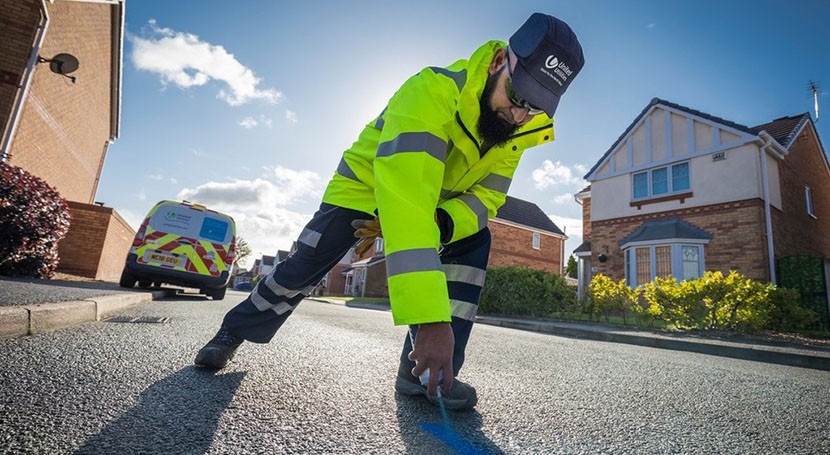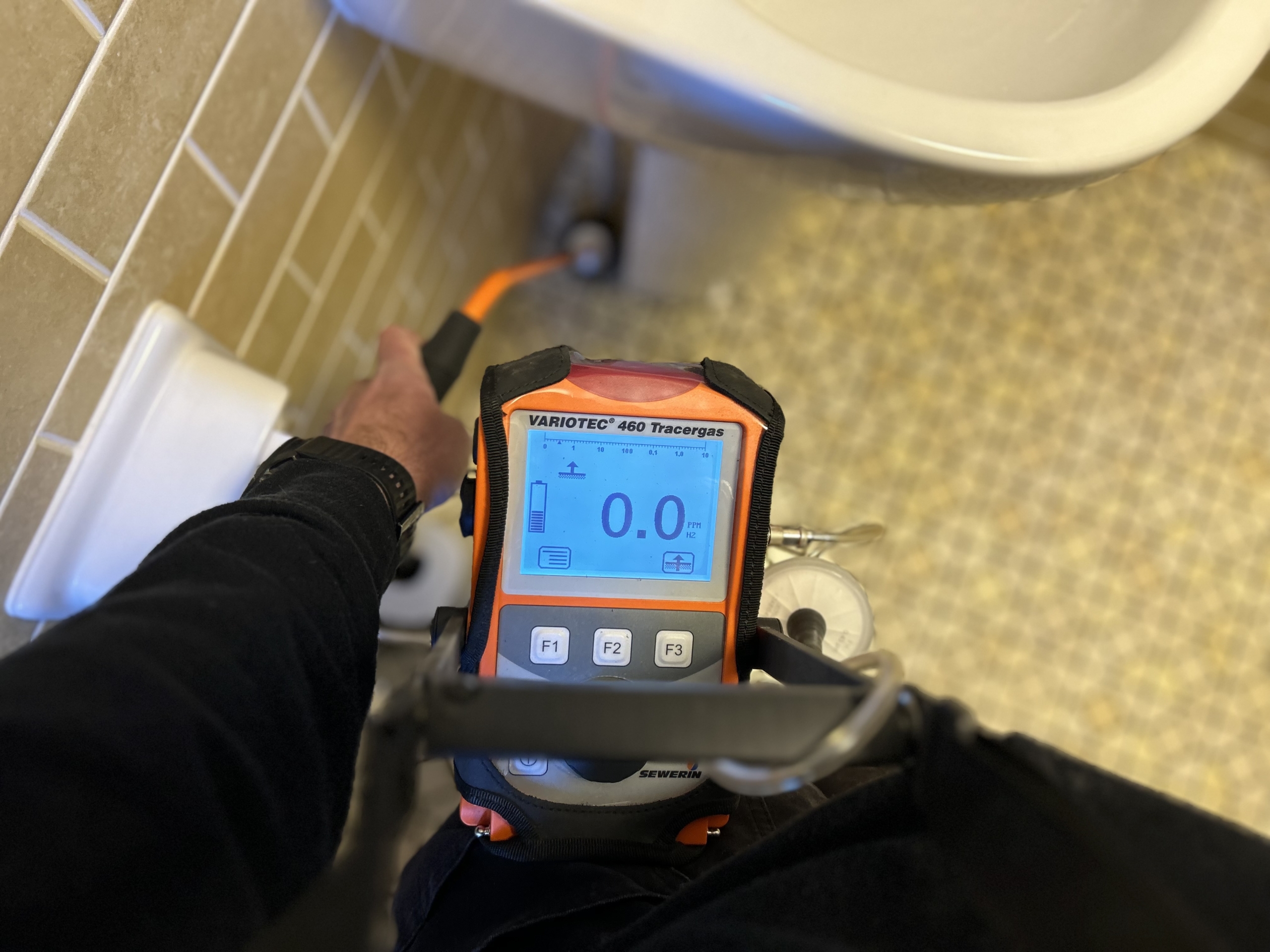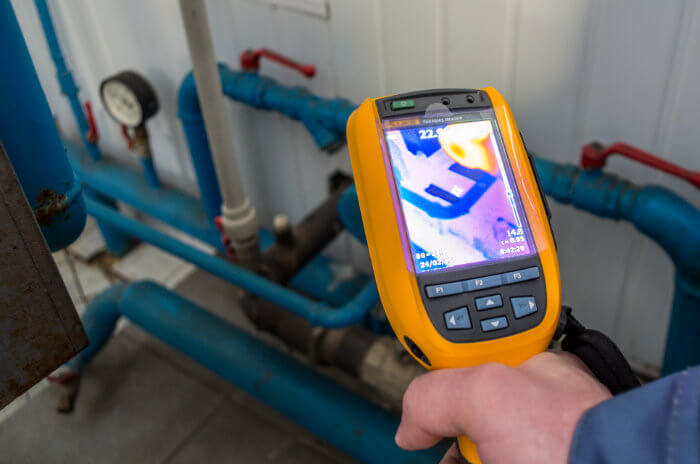Cutting-edge Solutions for Early Discovery of Water Leakages in Structures and Framework
As the stability of structures and infrastructure is paramount, the difficulty of early detection of water leakages has stimulated ingenious solutions that promise to reinvent the way we secure versus potential problems. From cutting-edge leakage detection innovations to the release of IoT sensors for real-time surveillance, the landscape of leak prevention is advancing rapidly. Artificial intelligence algorithms provide a glance into the future of leakage prediction, while thermal imaging provides a non-intrusive approach for determining covert leakages. Automated water circulation evaluation systems are reshaping how leaks are recognized and dealt with, leading the means for an aggressive method to water leak discovery. Each of these remedies holds the essential to making certain the reliability and longevity of our developed atmosphere, triggering a shift towards a more lasting and reliable future.
Advanced Leak Detection Technologies
Advanced leakage detection modern technologies, outfitted with cutting-edge sensing units and formulas, play a crucial role in promptly recognizing and determining water leaks in various settings. These technologies use a mix of acoustic, thermal, and electro-magnetic noticing methods to find leakages accurately. Acoustic sensors spot the audio of getting away water, permitting accurate localization of the leak source. Thermal imaging spots temperature level adjustments triggered by water leakage, offering an additional effective method for leak recognition. Electro-magnetic sensors can determine changes in electro-magnetic areas brought on by water, offering yet an additional layer of leak detection capacity.

IoT Sensors for Real-Time Tracking
In the realm of modern-day water leak discovery, the integration of IoT sensors for real-time tracking stands for a crucial advancement in improving aggressive leakage detection capacities. These sensing units supply continuous monitoring of water systems, supplying real-time information on water flow rates, pressure variations, and temperature modifications. By leveraging IoT innovation, these sensors can spot also the smallest anomalies in water usage patterns, enabling early identification of potential leakages prior to they intensify into major issues.
IoT sensors transmit information to a centralized platform, where sophisticated formulas assess the details and create signals or alerts when abnormalities are identified. This real-time tracking capability permits residential property owners or facility supervisors to immediately attend to leakages, decreasing you could try these out water damage, lowering fixing expenses, and saving water resources.
In addition, IoT sensing units can be incorporated with building monitoring systems, permitting for automatic reactions to spotted leakages, such as closing off water shutoffs or activating pumps to minimize the effect of leaks. On the whole, the execution of IoT sensing units for real-time tracking significantly boosts the performance and efficiency of water leakage detection in buildings and facilities.
Equipment Discovering Algorithms for Leak Forecast

One secret benefit of utilizing artificial intelligence for leakage prediction is its ability to continuously find out and enhance its accuracy with time. As more information is collected and fed right into the algorithm, it can improve its predictions and adjust to altering conditions, inevitably enhancing the integrity of leak discovery systems.
Additionally, device understanding formulas can help in determining subtle signs of leakages that may go undetected by traditional surveillance methods. water leak detection. By assessing complex data embed in real-time, these formulas can give very early warnings and informs, enabling timely treatment and preventative upkeep to mitigate prospective water damages and associated expenses
Making Use Of Thermal Imaging for Leak Discovery
Thermal imaging innovation offers a promising approach for finding water leaks in numerous systems and facilities. By making use of infrared radiation and temperature level variations, thermal imaging video cameras can determine concealed leakages that are not quickly noticeable to the naked eye.
One of the essential advantages of thermal imaging for leakage discovery is its non-intrusive nature. Unlike standard approaches that might need breaking into walls or site web floorings to find leakages, thermal imaging enables non-destructive screening. This not only saves time and decreases costs but also reduces disturbance to the structure or facilities being analyzed. In addition, thermal imaging can swiftly scan big areas, providing a comprehensive review of possible leak sources in a prompt fashion. In general, using thermal imaging modern technology boosts the effectiveness and accuracy of water leakage detection, making it an important device for maintaining the stability of buildings and frameworks.
Automated Water Flow Evaluation Systems
Just how can automatic water circulation analysis systems change the detection and administration of leaks in numerous systems and facilities? Automated water circulation analysis systems supply a positive strategy to leak discovery by constantly checking water circulation prices and patterns. By developing standard data, these systems can swiftly identify variances that may show a leakage, allowing punctual treatment to stop extensive damage.
These systems use innovative formulas to evaluate real-time data and supply prompt informs when anomalies are identified, permitting for quick action to be taken. Additionally, computerized water circulation evaluation systems can be integrated with structure administration systems or IoT systems, boosting overall performance and enabling remote monitoring capabilities.
Moreover, the information accumulated by these systems can be made use of for see this site anticipating upkeep purposes, aiding to determine prospective weak factors in the facilities before leaks happen. Generally, the application of automatic water flow analysis systems can significantly improve leakage discovery and management techniques, inevitably bring about cost financial savings, lowered water wastefulness, and boosted sustainability in structures and facilities.

Final Thought
In verdict, the integration of innovative leak detection innovations, IoT sensors, artificial intelligence formulas, thermal imaging, and automatic water circulation evaluation systems supplies cutting-edge solutions for very early discovery of water leakages in structures and framework. These modern technologies make it possible for real-time surveillance, forecast of leakages, and effective detection techniques to stop water damages and wastefulness. Applying these remedies can aid in preserving the stability and sustainability of water systems in various setups.